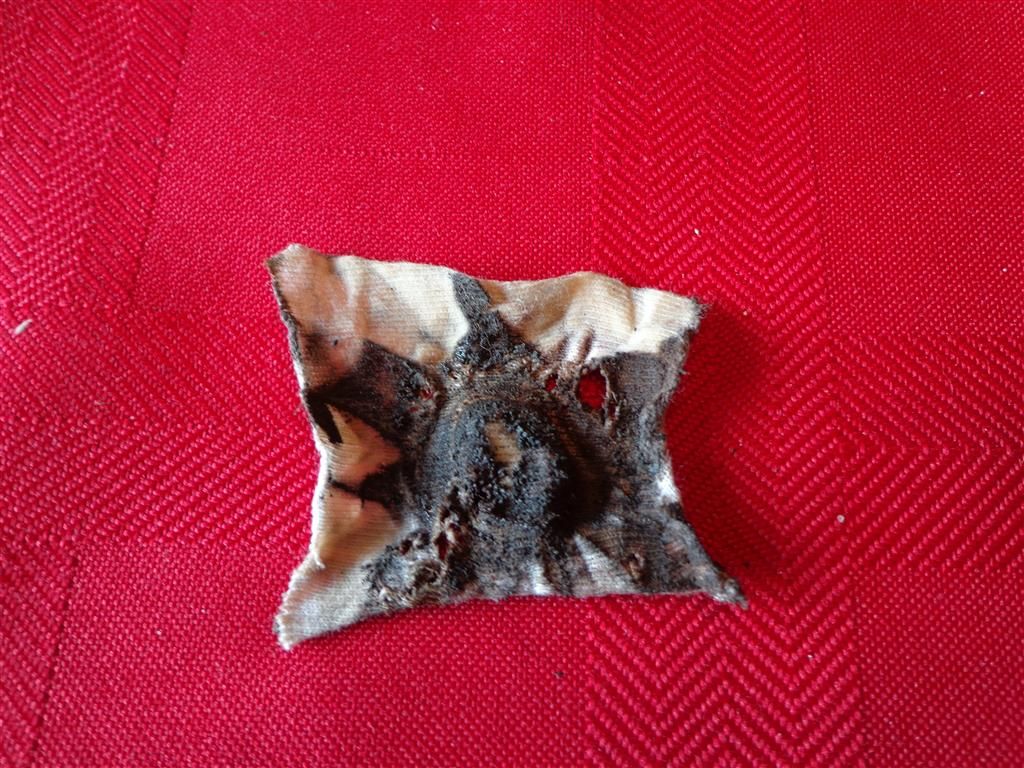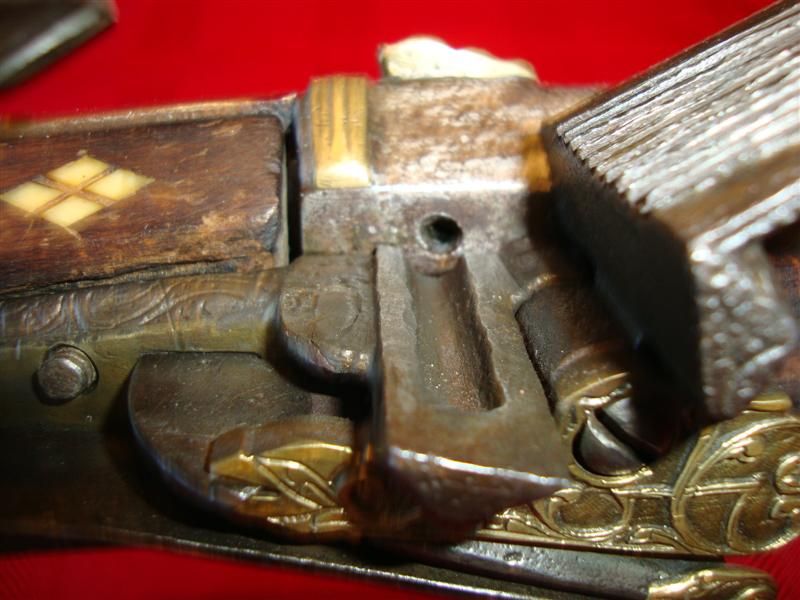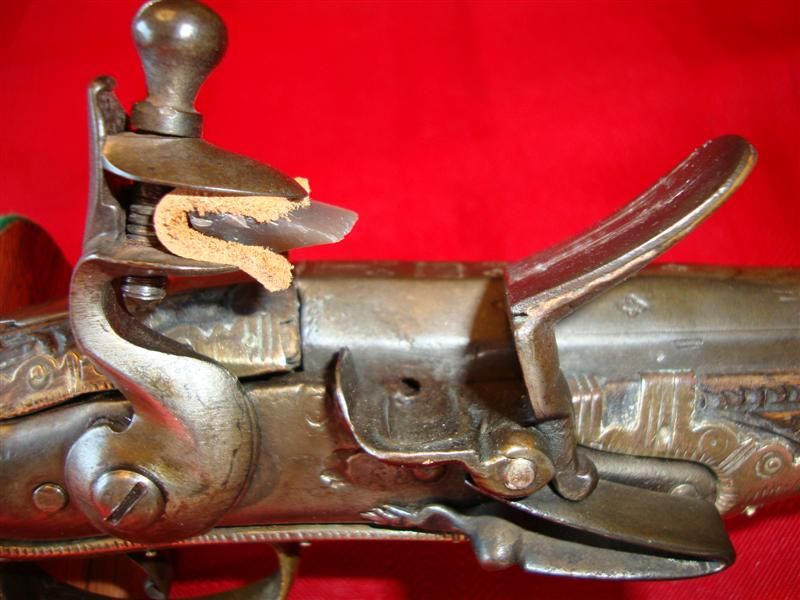- Joined
- May 24, 2005
- Messages
- 5,466
- Reaction score
- 5,258
Hello again. Thought I would post pics of a new family member for comment and discussion. 
Gun: Greek/Montenegrin, celina or ledenica pistol. Probably made in Shkodra or Boka, late 18th or early 19th Century. Likely made for the Montenegrin market.
Lock: Typical Balkan/Greek/Southern Albanian miquelet lock, with light engraving. Tiny makers mark which I can't make out.
Stock: Solid, one piece silver. Would have been made by a provincial silversmith. ( Imagine how long this would have taken to accomplish). Barrel band the same.
Barrel: Likely Italian made. 13 1/2" long, octagon for the first 3-4" fading to round. About .65 caliber. Very faded marks at the breech which I don't believe traceable.
Anyway, here's a bunch of photos. Hope y'all enjoy. Rick. :thumbsup:
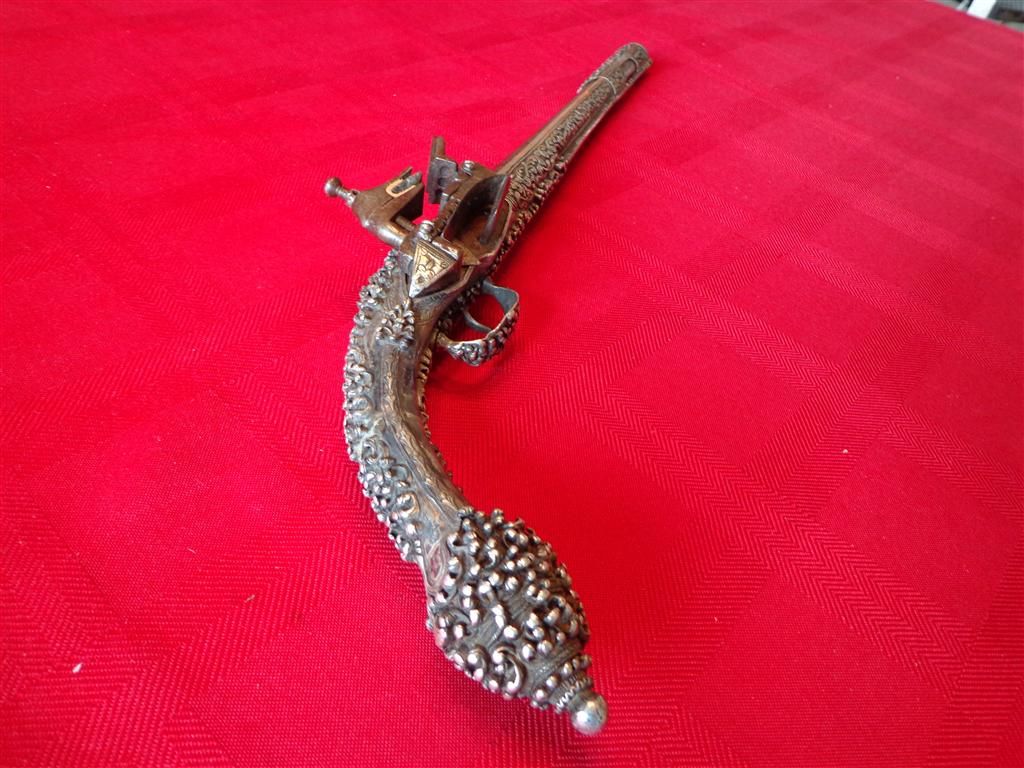
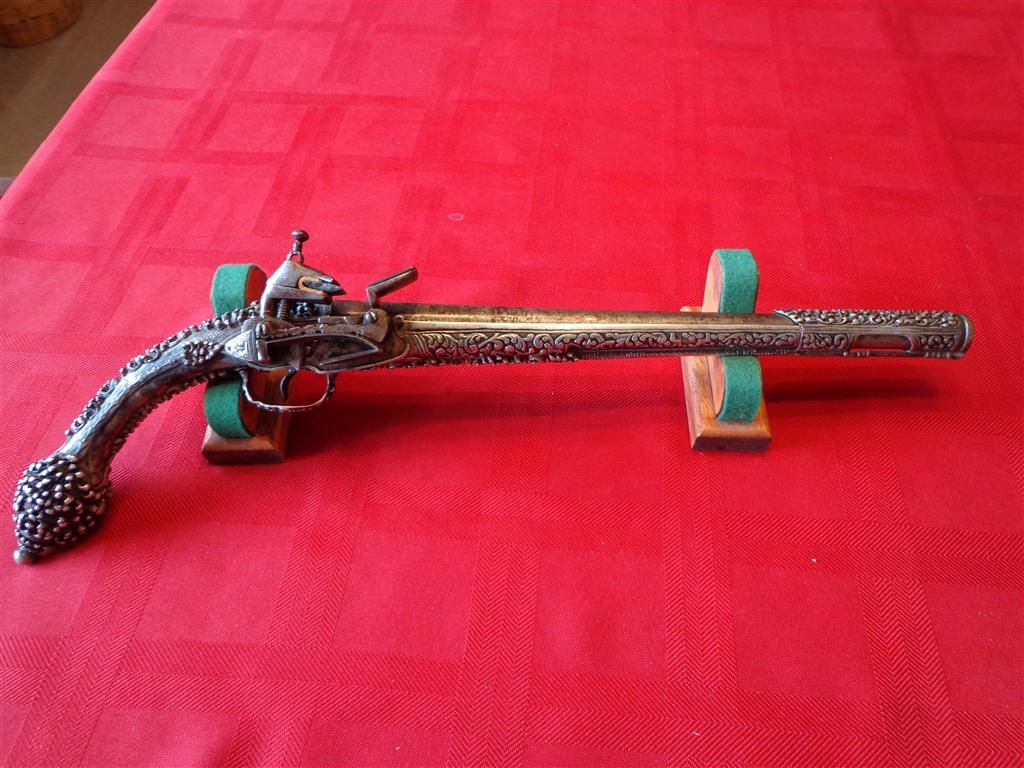
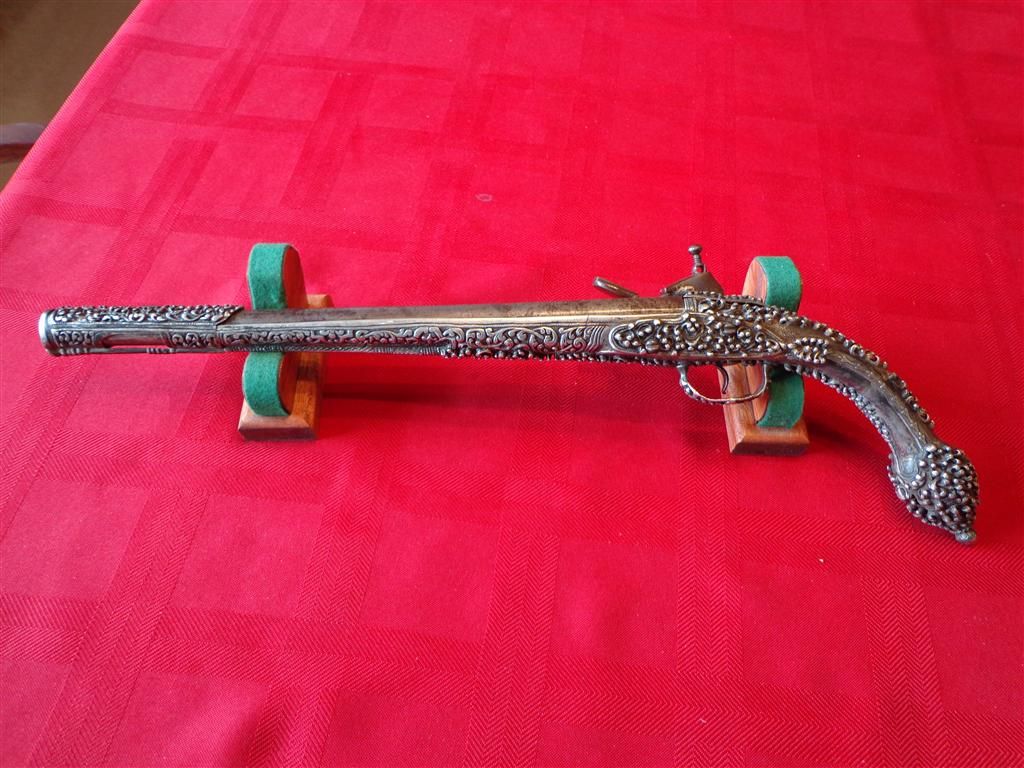
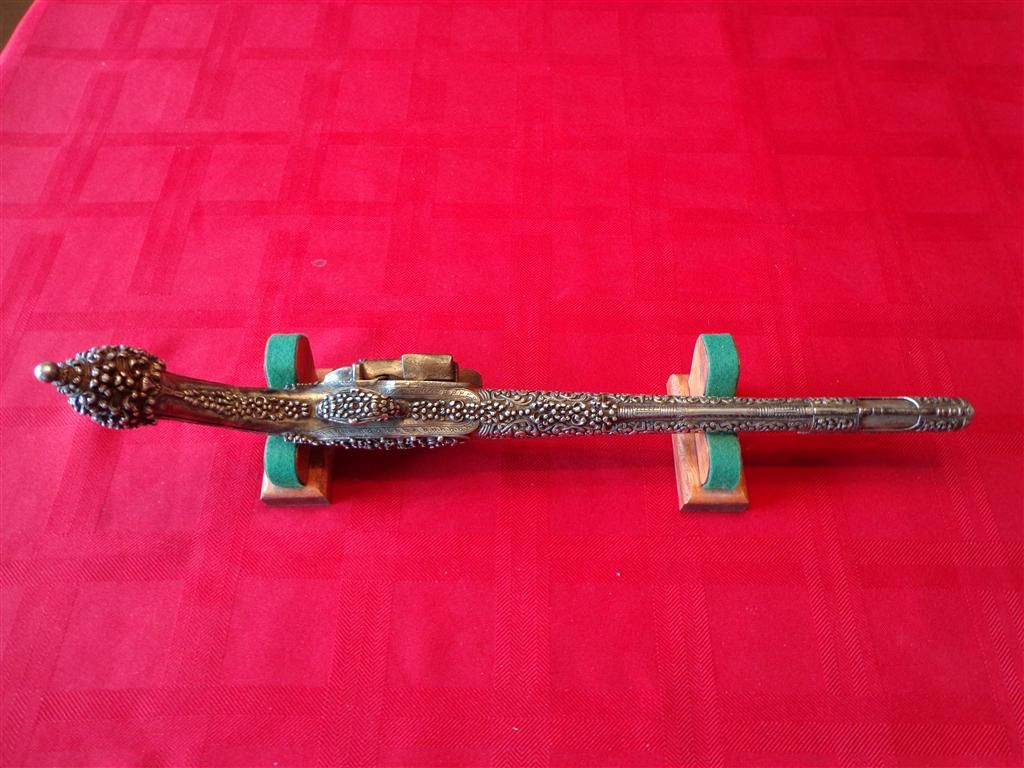
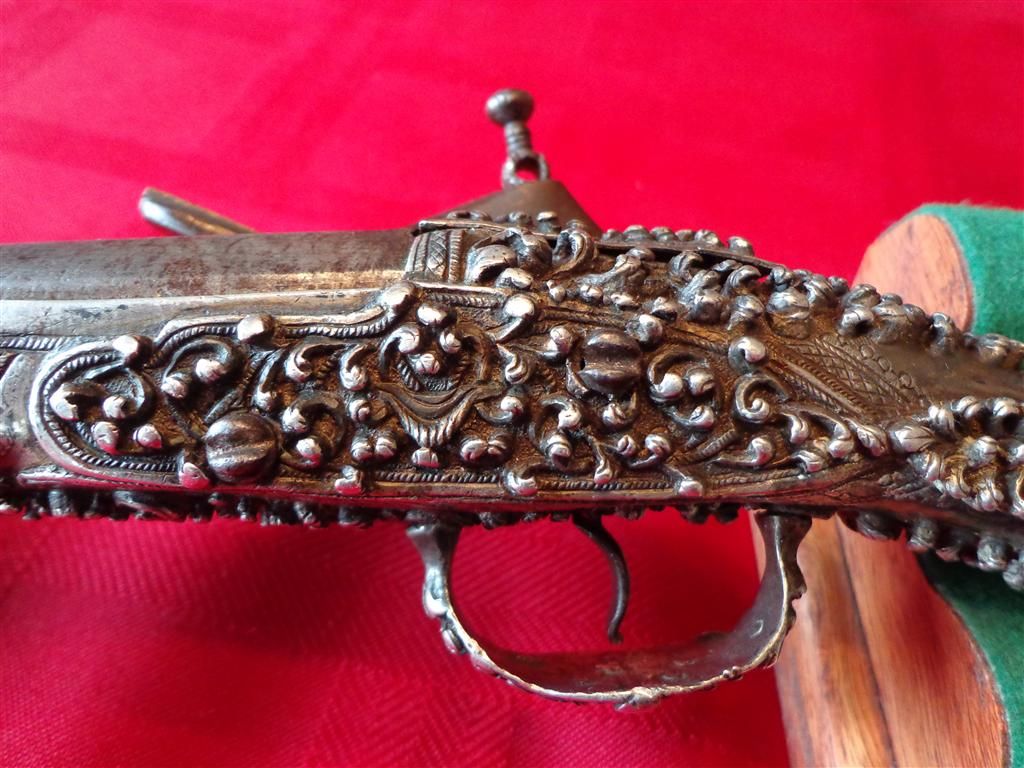
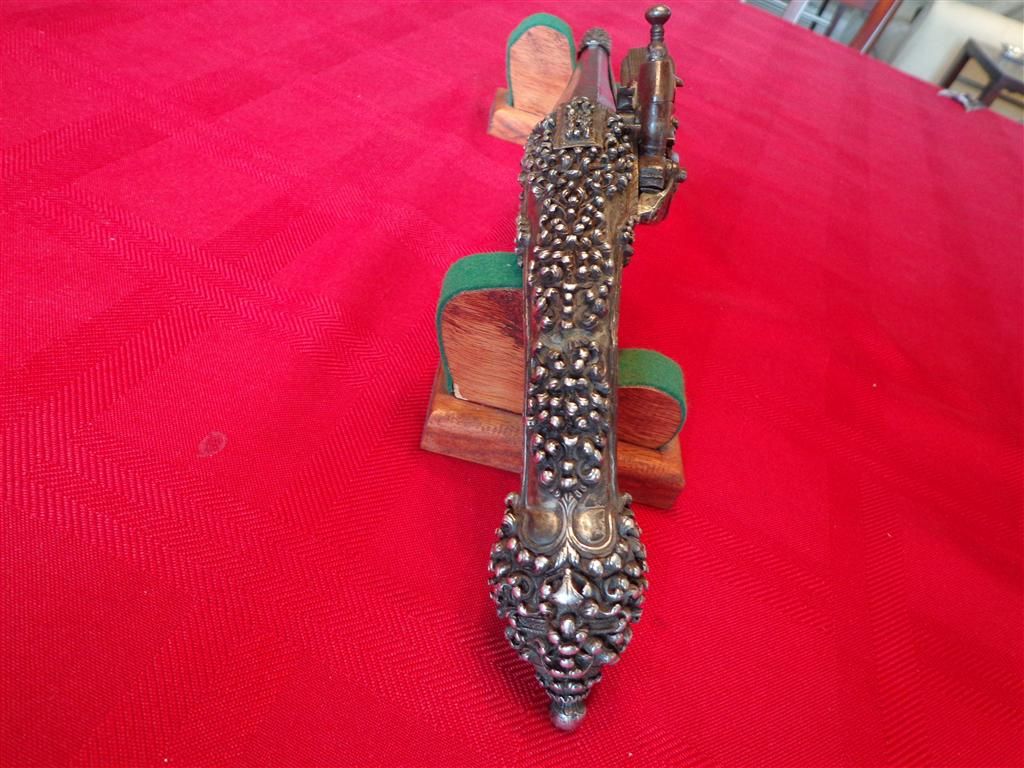
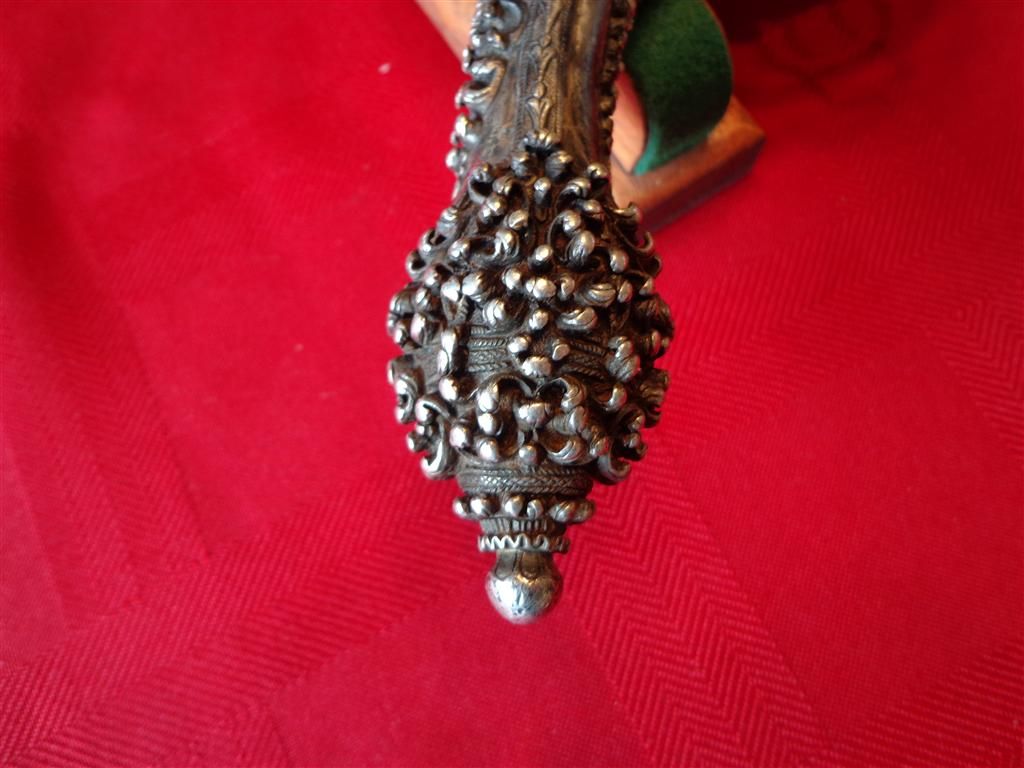
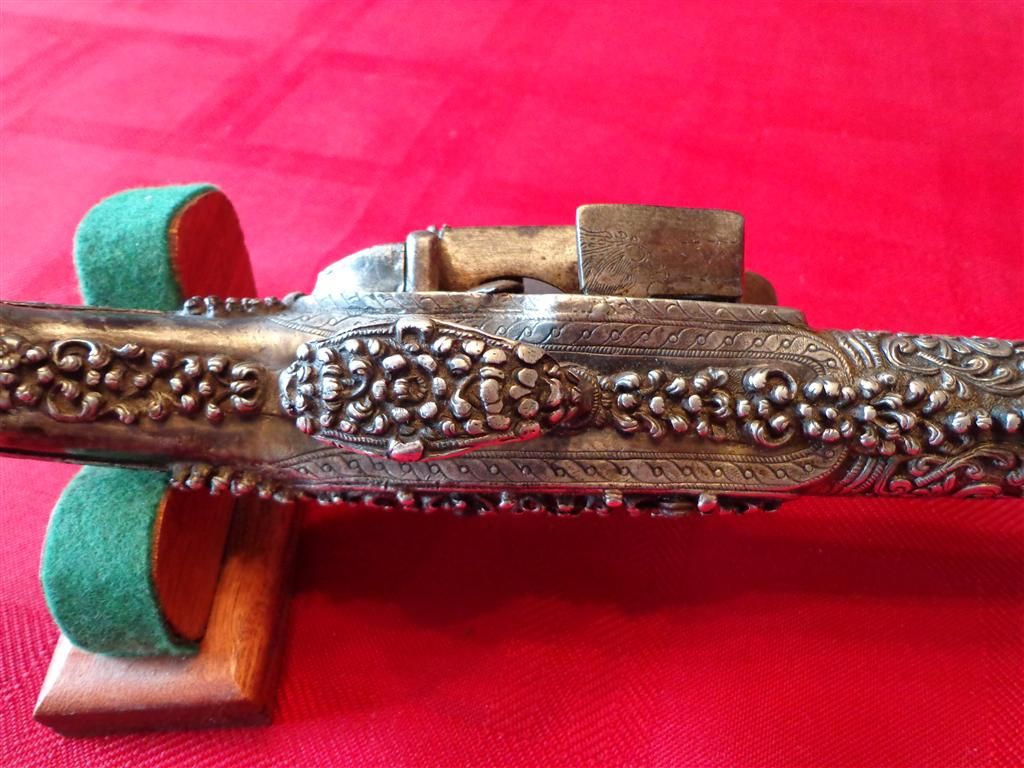
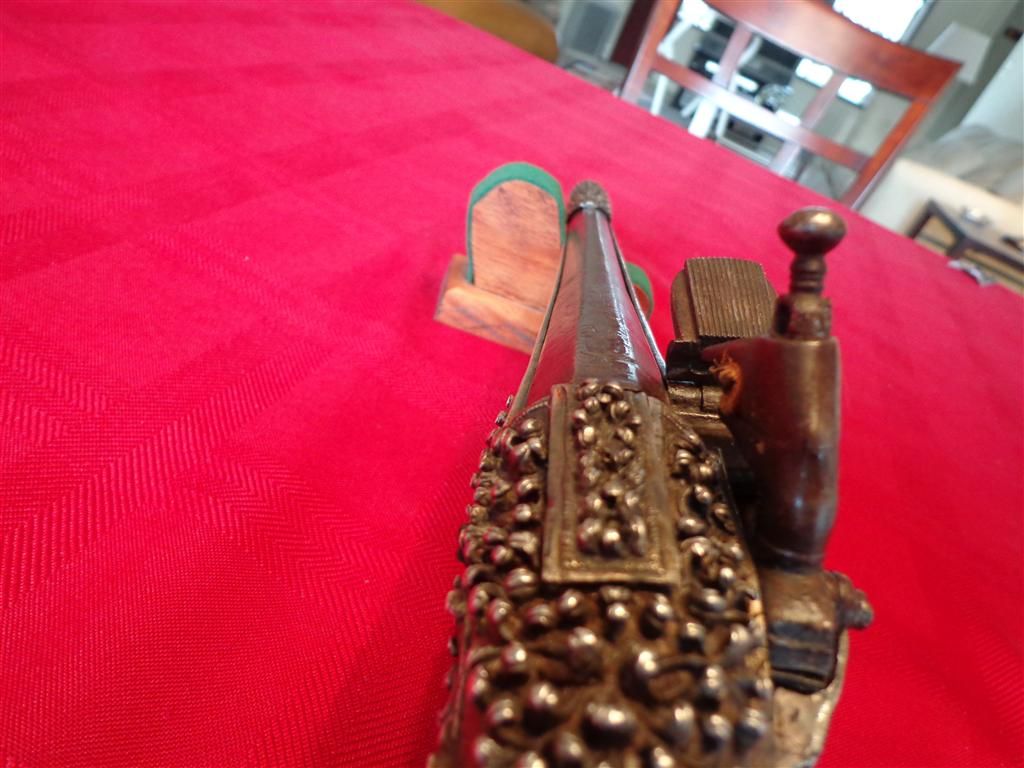
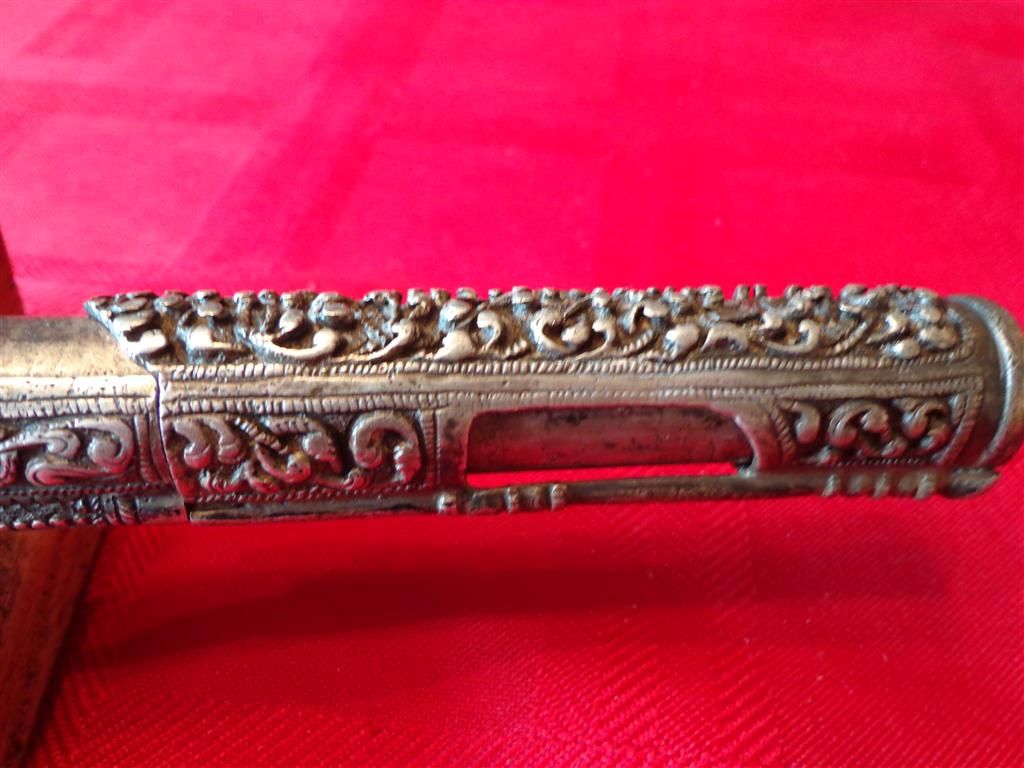
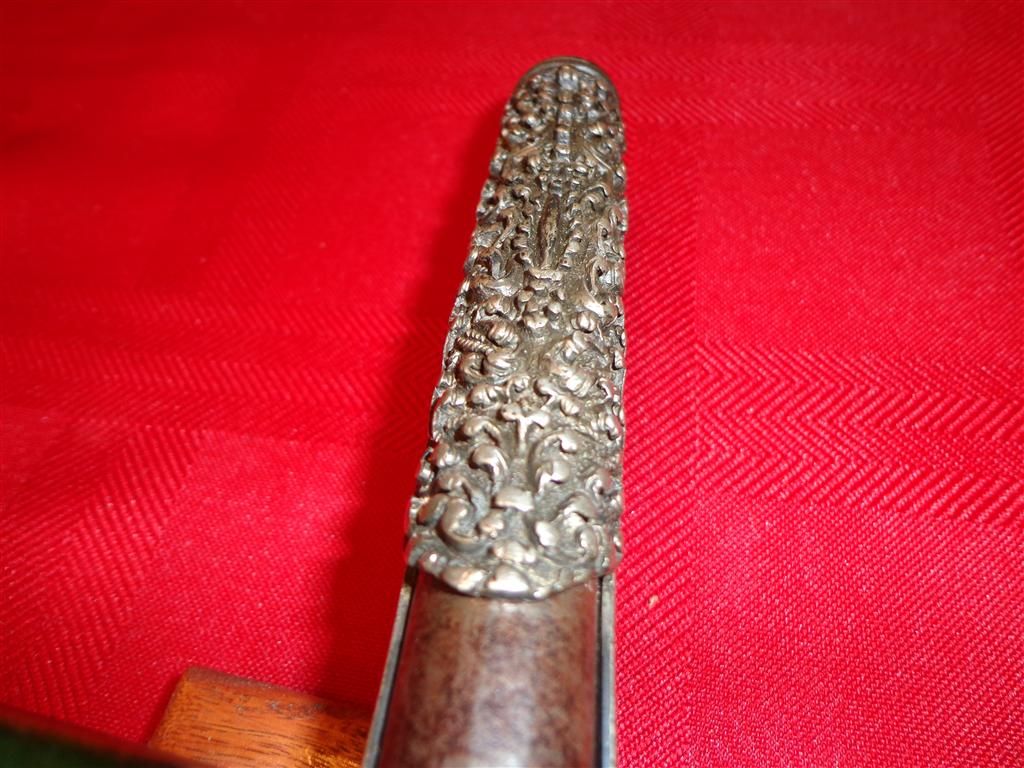
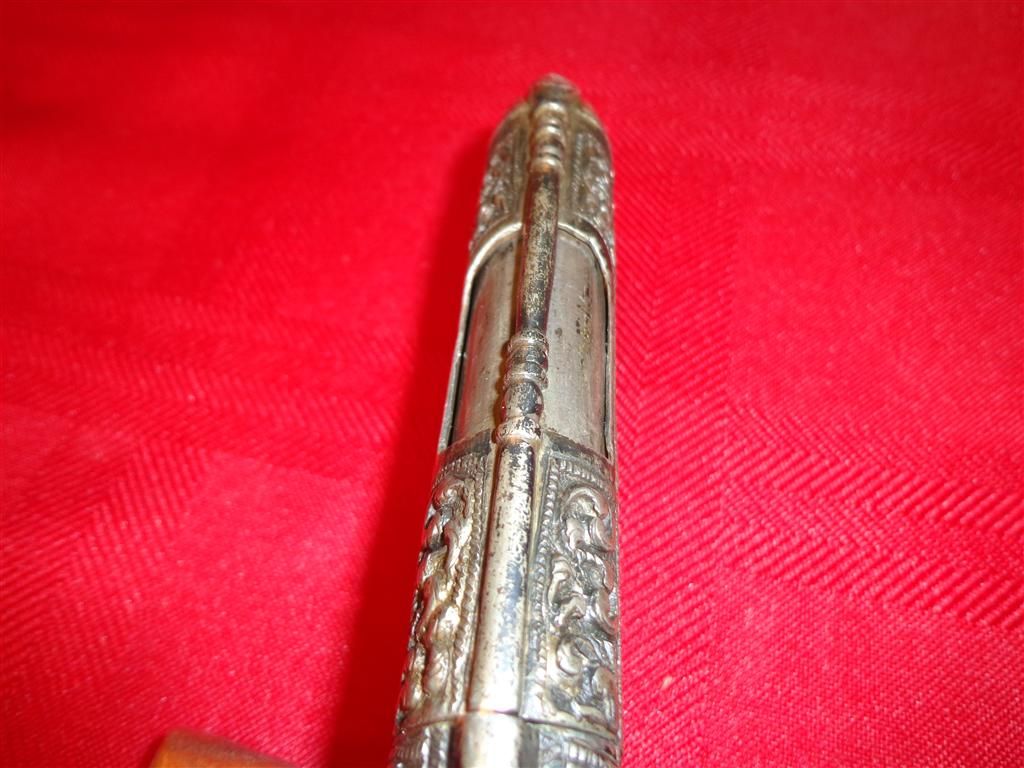
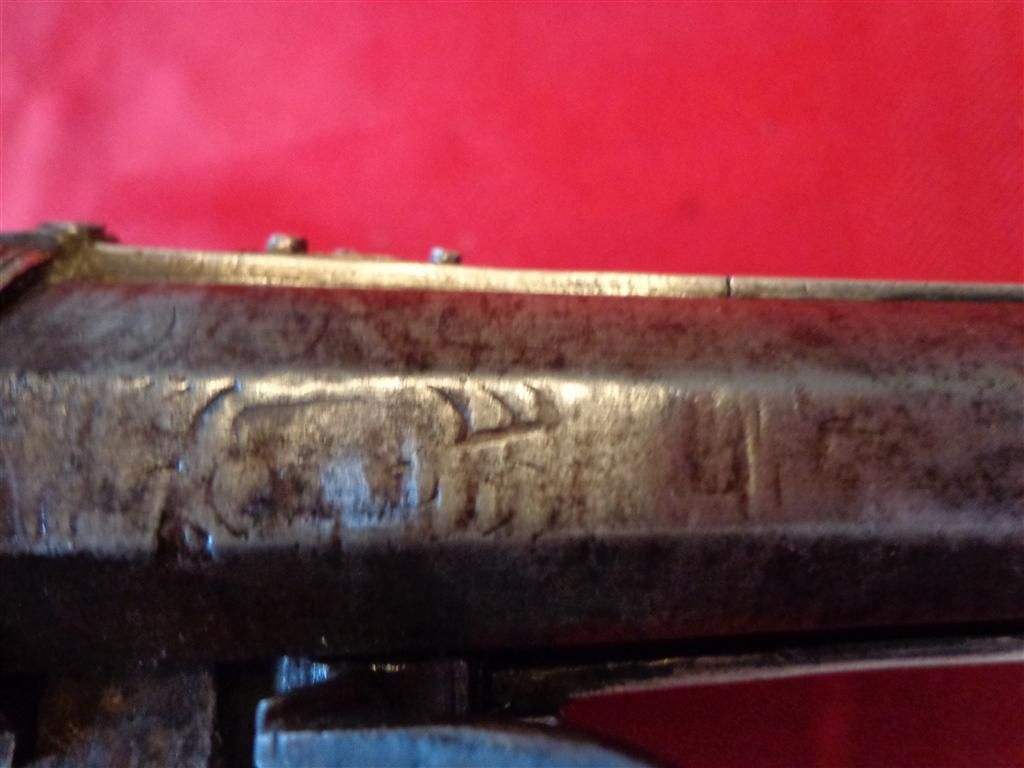
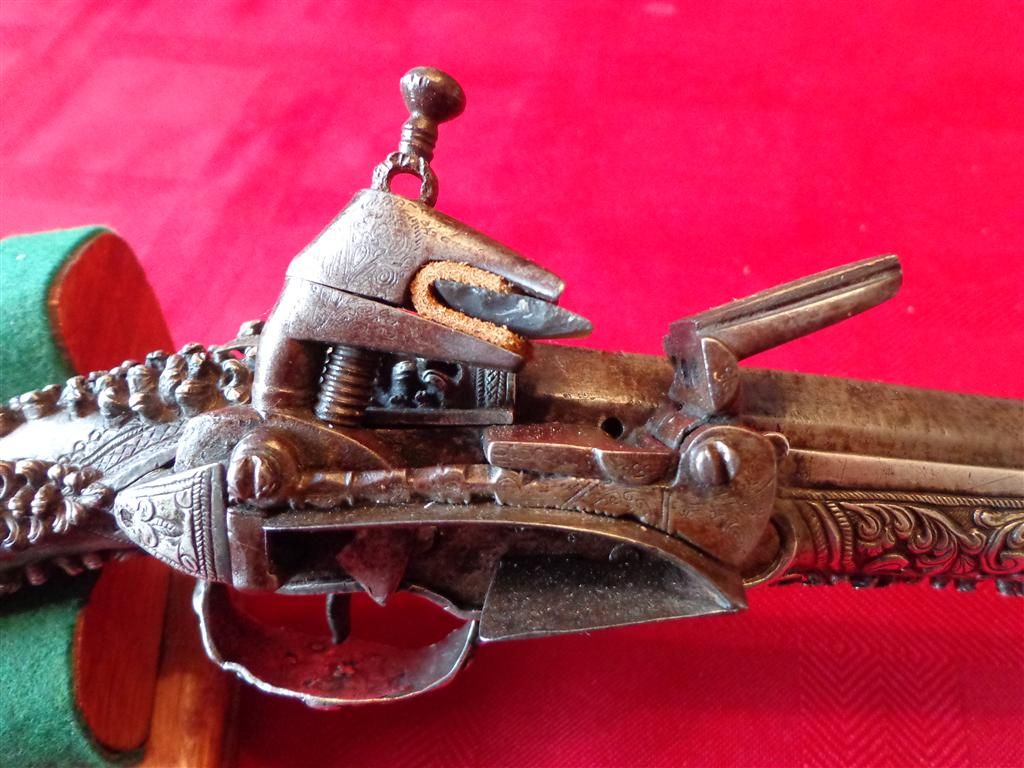
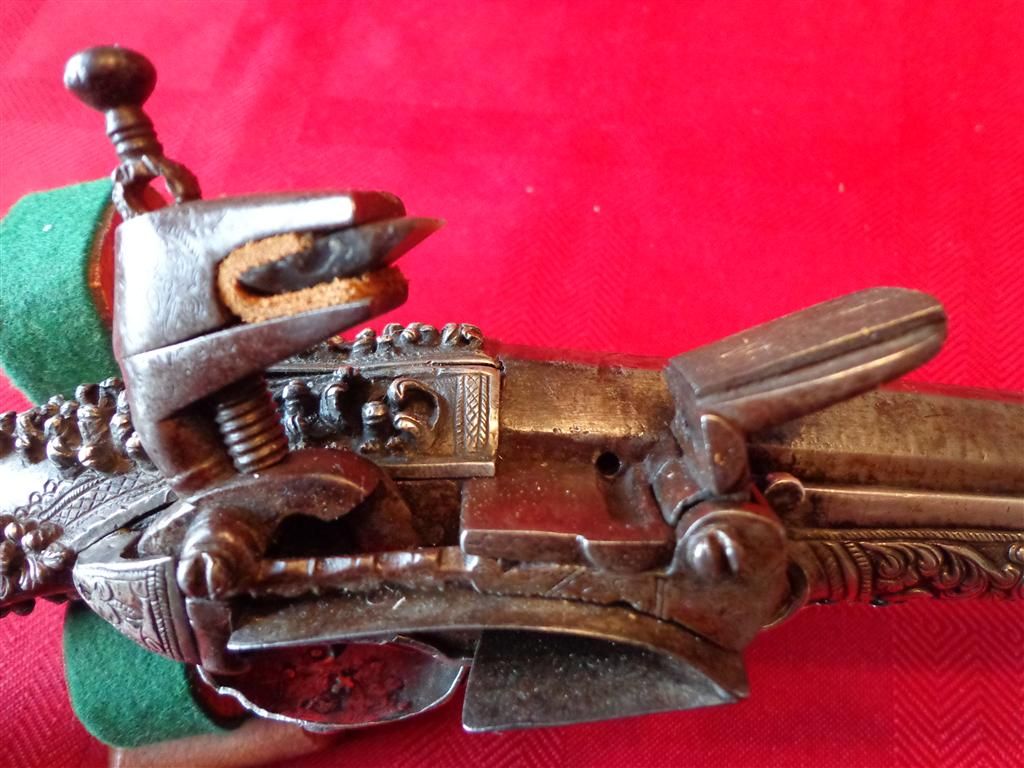
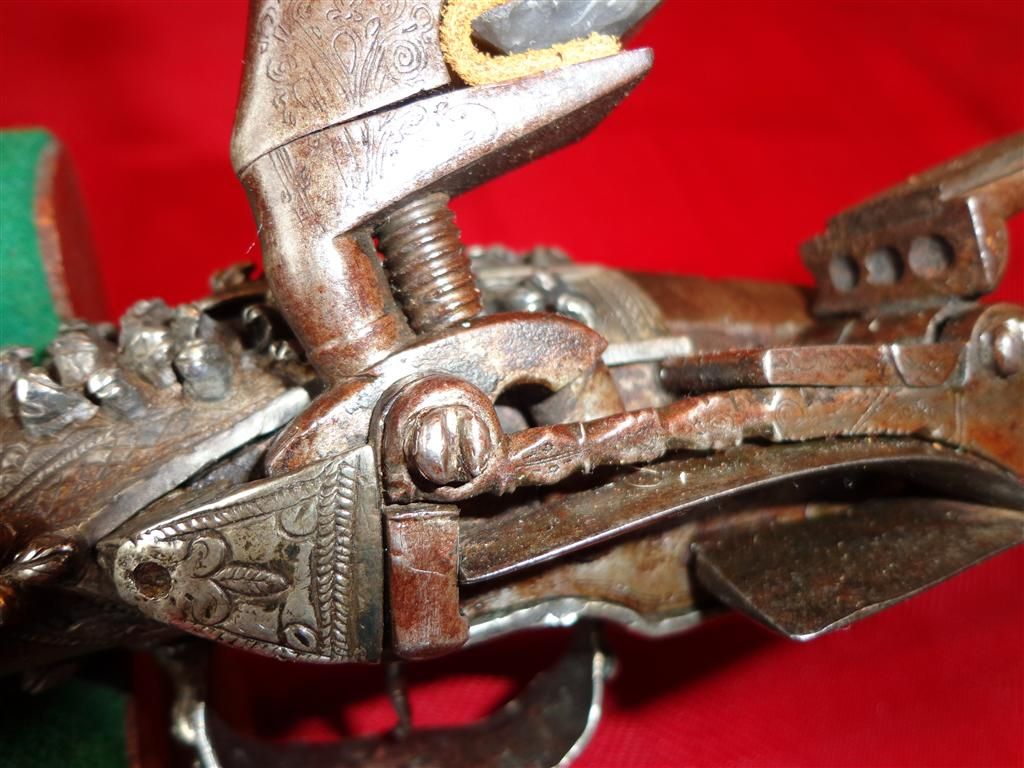


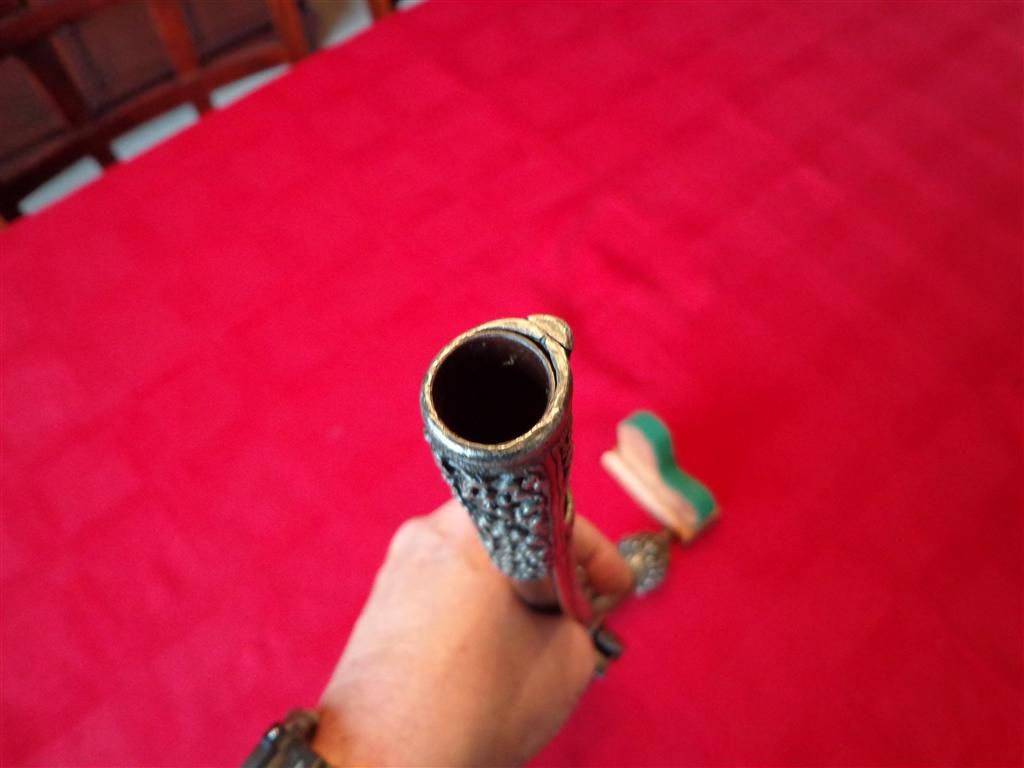
Gun: Greek/Montenegrin, celina or ledenica pistol. Probably made in Shkodra or Boka, late 18th or early 19th Century. Likely made for the Montenegrin market.
Lock: Typical Balkan/Greek/Southern Albanian miquelet lock, with light engraving. Tiny makers mark which I can't make out.
Stock: Solid, one piece silver. Would have been made by a provincial silversmith. ( Imagine how long this would have taken to accomplish). Barrel band the same.
Barrel: Likely Italian made. 13 1/2" long, octagon for the first 3-4" fading to round. About .65 caliber. Very faded marks at the breech which I don't believe traceable.
Anyway, here's a bunch of photos. Hope y'all enjoy. Rick. :thumbsup:























